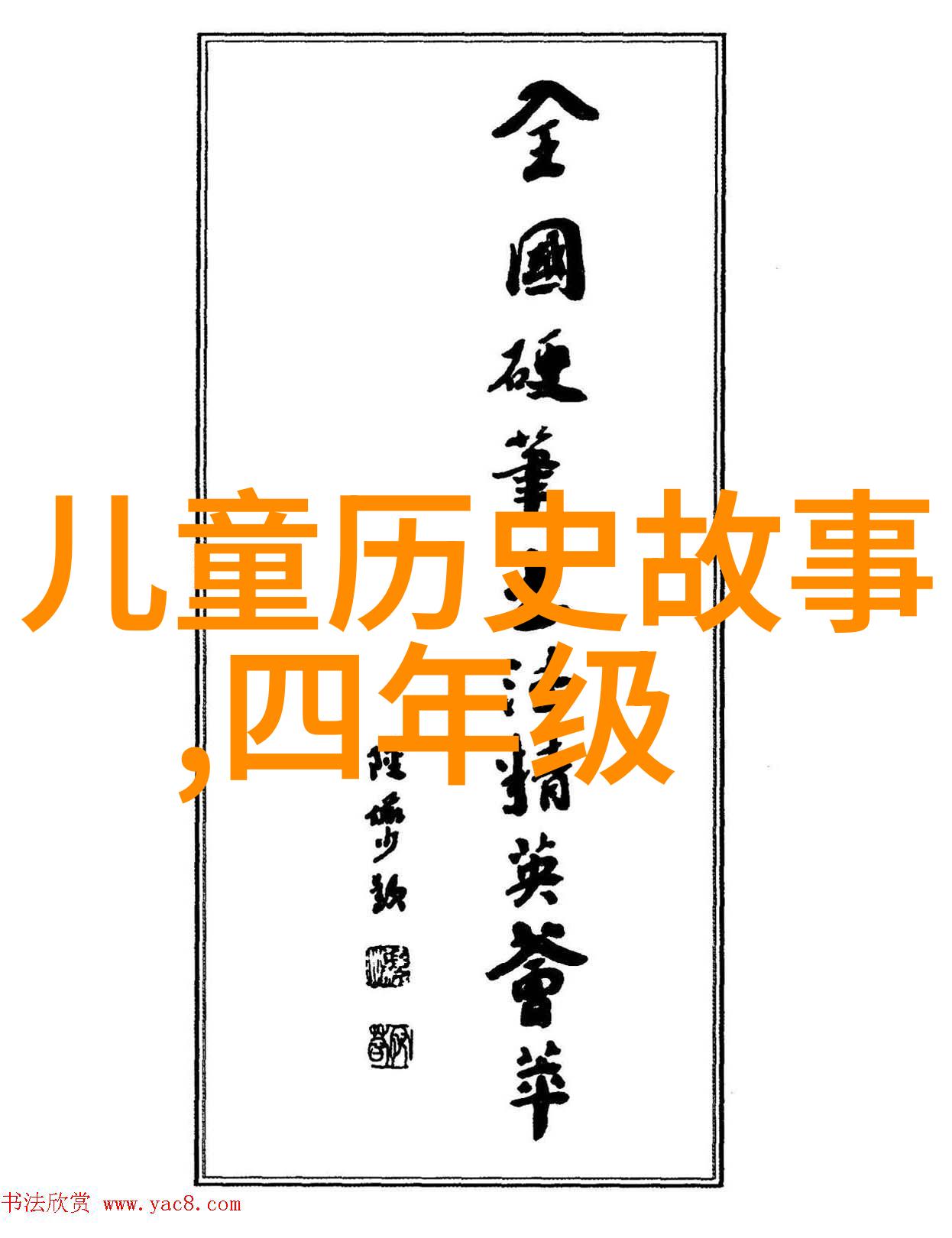The Roman Republic, which was established around 509 BCE, played a significant role in shaping the course of world history. As we explore this period through an initial stage of the secondary school's global timeline, let us delve into Rome's conquests and legacy.

From Kingdom to Republic
In its early days, Rome was ruled by seven kings. However, as dissatisfaction grew among the people due to various reasons such as corruption and tyranny, they sought change. In 509 BCE, Lucius Junius Brutus led a revolution against King Tarquinius Superbus (Tarquin the Proud), overthrowing him from power. This marked the beginning of a new era for Rome - that of a republic.

Expansion Through Conquest
Under the guidance of able leaders like Julius Caesar and Augustus Caesar (also known as Octavian), Rome expanded rapidly through military conquests across Europe and beyond. The Punic Wars with Carthage were crucial milestones in this expansion process; these wars not only secured control over Mediterranean trade routes but also showcased Roman military prowess.

Roman Law & Administration
As Rome expanded its territories under different rulers' leaderships (from consuls to emperors), it needed effective systems for governance and administration on both domestic frontiers within Italy itself or conquered territories abroad alike.

Engineering Marvels & Infrastructure Development
Cultural Achievements & Impact on Future Generations

6-7-8
9
10



